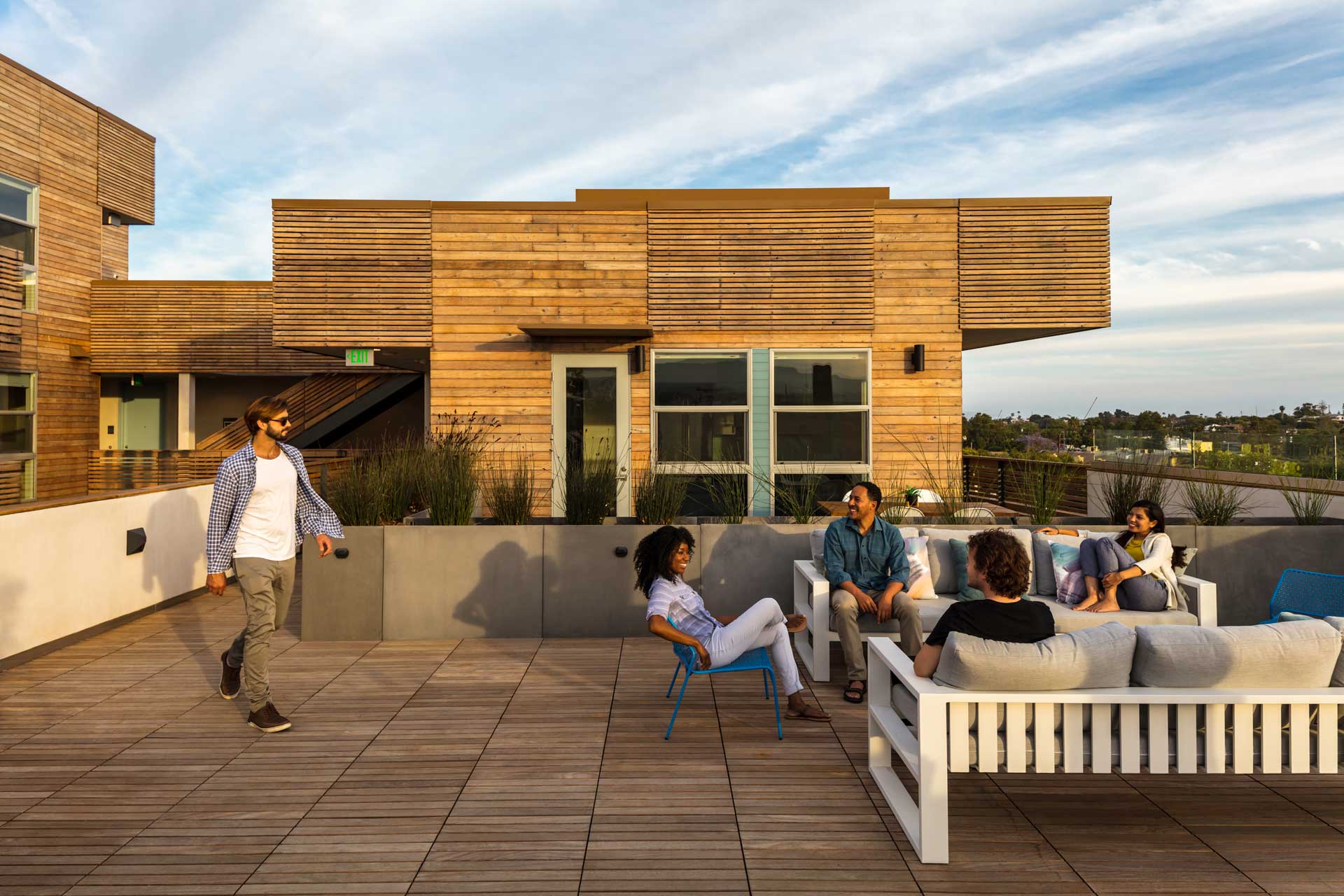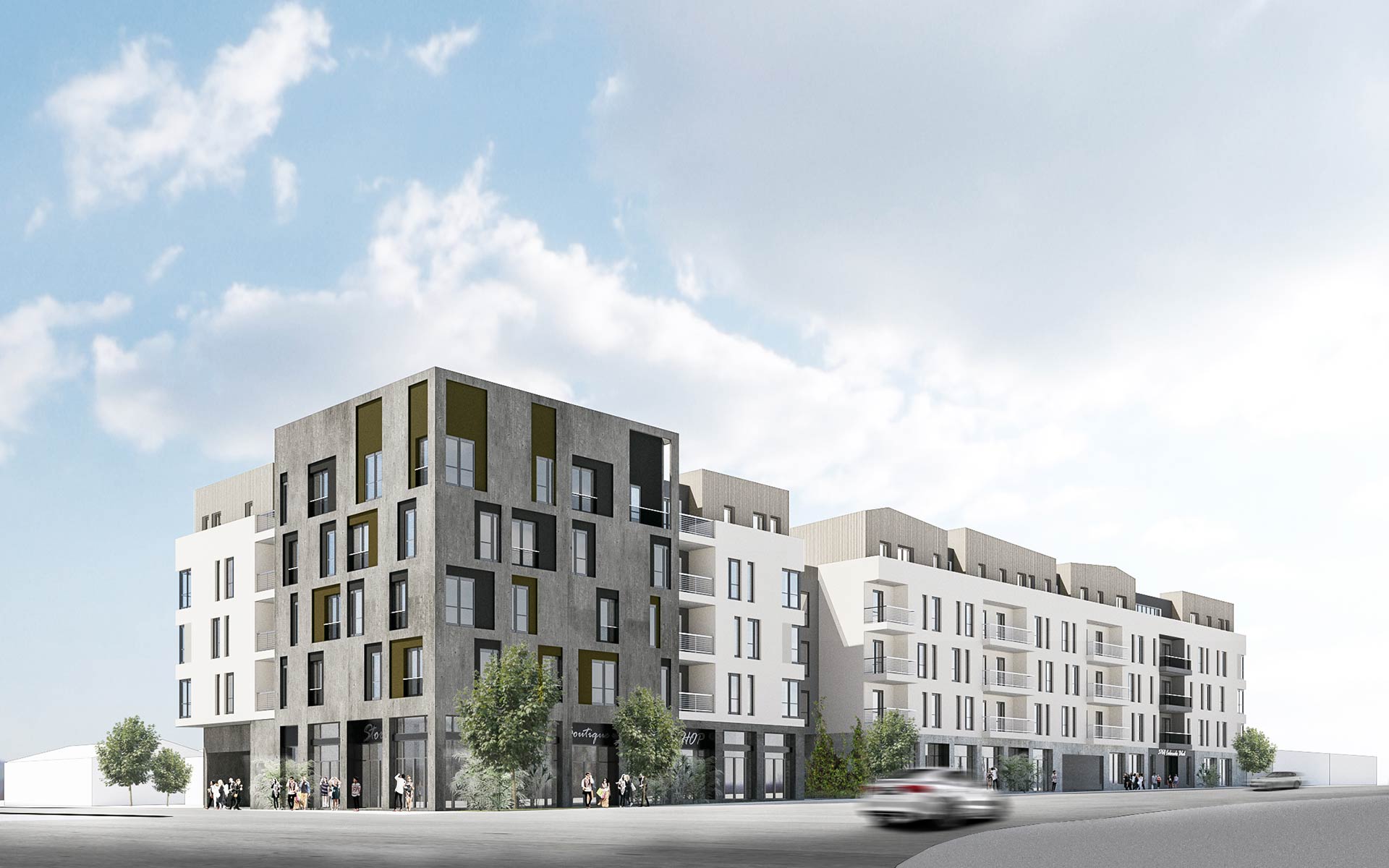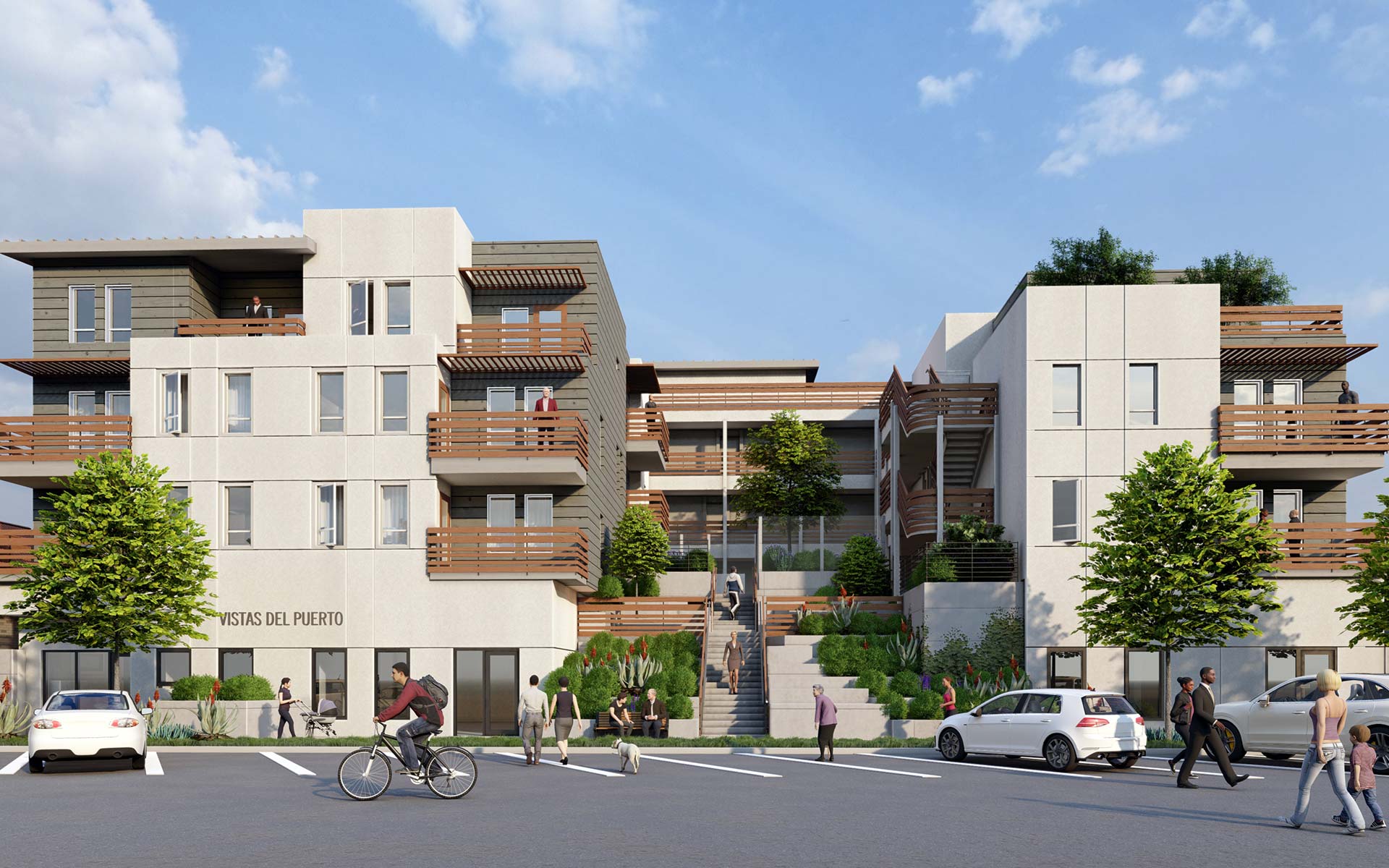KFA Architecture has hitched its wagon to Los Angeles’s star for more than 40 years. MULTIFAMILY HOUSING | OCTOBER 15, 2020 | PAT CURRY, CONTRIBUTING EDITOR The year was 2010, the economy was just starting to recover from the Great Recession, and Killefer Flammang Architects, better known as KFA, decided it was time for a […]
LATEST NEWS
Construction Begins for Residential-Retail Project in East Pasadena
Urbanize.LA by Steven Sharp May 12, 2020 APPA Real Estate has broken ground on a mixed-use housing development in unincorporated East Pasadena, the company announced this week. The project – a joint venture with Sundance Bay and Geolo Capital – will rise from a .75-acre property at 3768 E. Colorado Boulevard. Plans call for a five-story […]
Supportive Housing Takes Shape in Midtown Long Beach
Urbanize.LA By Stephen Sharp April 13, 2020 The wood-and-concrete frame of a new supportive housing complex is coming together just west of Metro’s PCH Station in Midtown Long Beach. The project, called Vistas del Puerto, is being developed by Clifford Beers Housing. The five-story structure at 1836-1852 Locust Avenue will feature 48 apartments and supportive services, catering […]
Second Phase of PATH Metro Villas Takes Shape
Urbanize.LA By Steven Sharp March 23, 2020 The second and final phase of the PATH Metro Villas supportive housing complex continues to take shape in Rampart Village. The project, located just north of Beverly Boulevard between Madison and Westmoreland Avenues, consists of three six-story buildings attached to an existing facility operated by PATH. The current construction will […]
Proposed San Pedro Housing Project Gets Design Tweaks
Urbanize.LA By Steven Sharp February 11, 2020 A staff report to the Los Angeles City Planning Commission shows a new look for a proposed mixed-use development in San Pedro. Google Street View The project, which is being developed by Galaxy Commercial Holdings, would replace a Grinder restaurant at 511 S. Harbor Boulevard. Plans call for the construction of an eight-story […]
$53-Million Affordable Housing Development Breaks Ground in Inglewood
Urbanize.LA By Steven Sharp January 28, 2020 Non-profit developers LINC Housing Corp. and National CORE have broken ground on a mixed-use affordable housing complex near the Crenshaw/LAX Line inInglewood. The Fairview Heights Apartments, located at 923 E. Redondo Boulevard, will replace a property that has long housed operations for the Los Angeles County Department of Public […]




